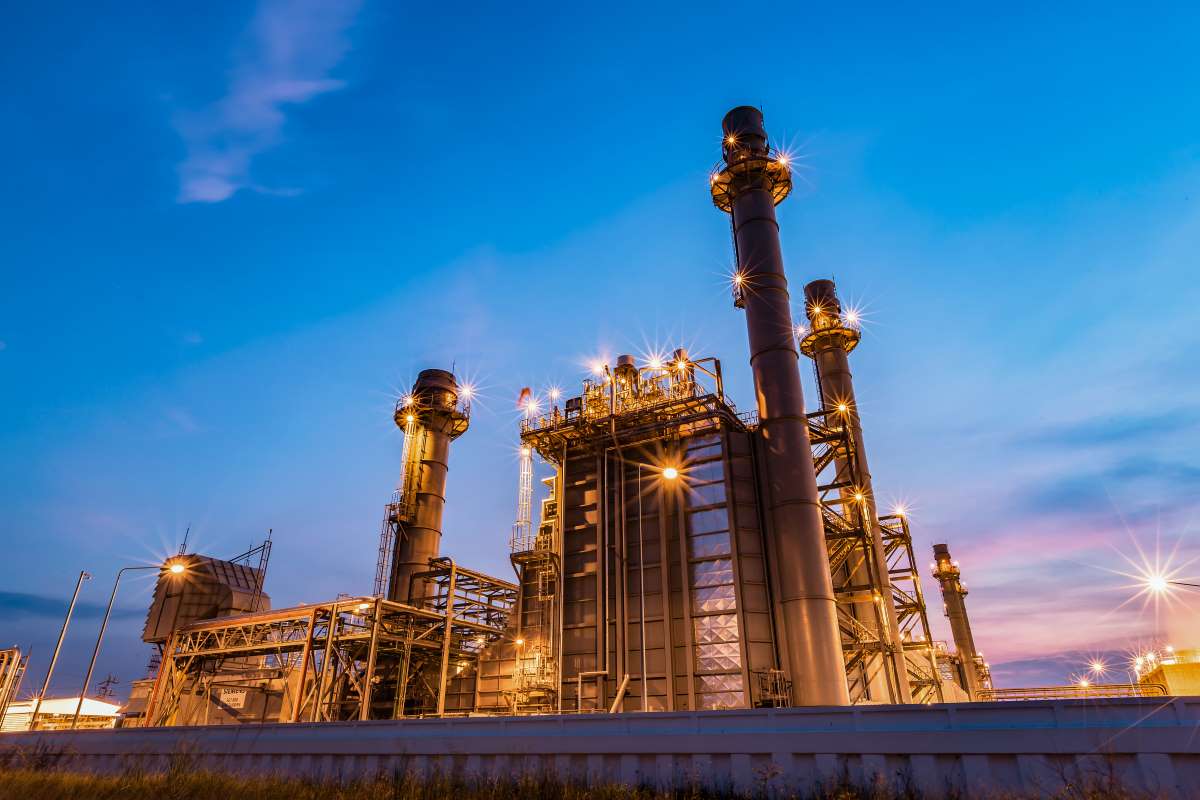Overview
Many major economies and international organisations have committed to bring their greenhouse gas emissions to net zero by mid-century or earlier. CCS, in the context of power CCS technologies, will be an essential component of the portfolio of technologies required to reach net-zero emissions in the power sector. This study explores the potential to reduce the cost and accelerate the uptake of power CCS technologies. Results will be helpful in devising future policy in support of power CCS and in assessing the potential impact of implementing the policy.
Summary
Many major economies and international organisations have committed to bring their greenhouse gas emissions to net zero by mid-century or earlier. CCS, in the context of power CCS technologies, will be an essential component of the portfolio of technologies required to reach net-zero emissions in the power sector. This study explores the potential to reduce the cost and accelerate the uptake of power CCS technologies.
The increasing penetration of intermittent renewable technologies is leading to reduced output from the more traditional generators, which ultimately will result in occasions where a plant with CO2 capture may periodically be shut down. While it is possible to reach net-zero emissions from a power generation plant with CO2 capture, the plant must also be capable of operating flexibly and be cost competitive if it is to effectively complement generation from these intermittent renewable technologies.
The success of a capture technology will depend on reductions in CAPEX and OPEX. However, where and how these reductions are likely to occur are the fundamental questions. For example, cost savings may arise from technological advances, capital and commissioning improvements, operational developments and/or design modifications.
To achieve CAPEX reductions, key drivers were found to include the scaling up of capture plants, off-site manufacturing through modularisation, developing the CCS supply chain, flue gas recirculation for NGCC power plants, and capture plant de-risking. To reduce the OPEX component, the most attractive opportunities at present include reducing amine degradation, optimising the heat integration between the host unit and the capture plant, and lowering maintenance costs.
While current large-scale power CCS projects rely on bespoke, first-of-a-kind, CO2 capture units, technology innovation will gradually drive costs down. Multiple CO2 capture technologies solutions are emerging that consider novel construction techniques, design modifications and logistics while aiming to achieve capture rates in excess of 95%. Insights from information available in the public domain, e.g., from multiple studies and published papers, FEED studies, projects that are currently operational, those in advanced development, as well as previous demonstrators will offer insights to understanding the key cost drivers.
Results from this study will be helpful in devising future policy in support of power CCS and in assessing the potential impact of implementing the policy.


